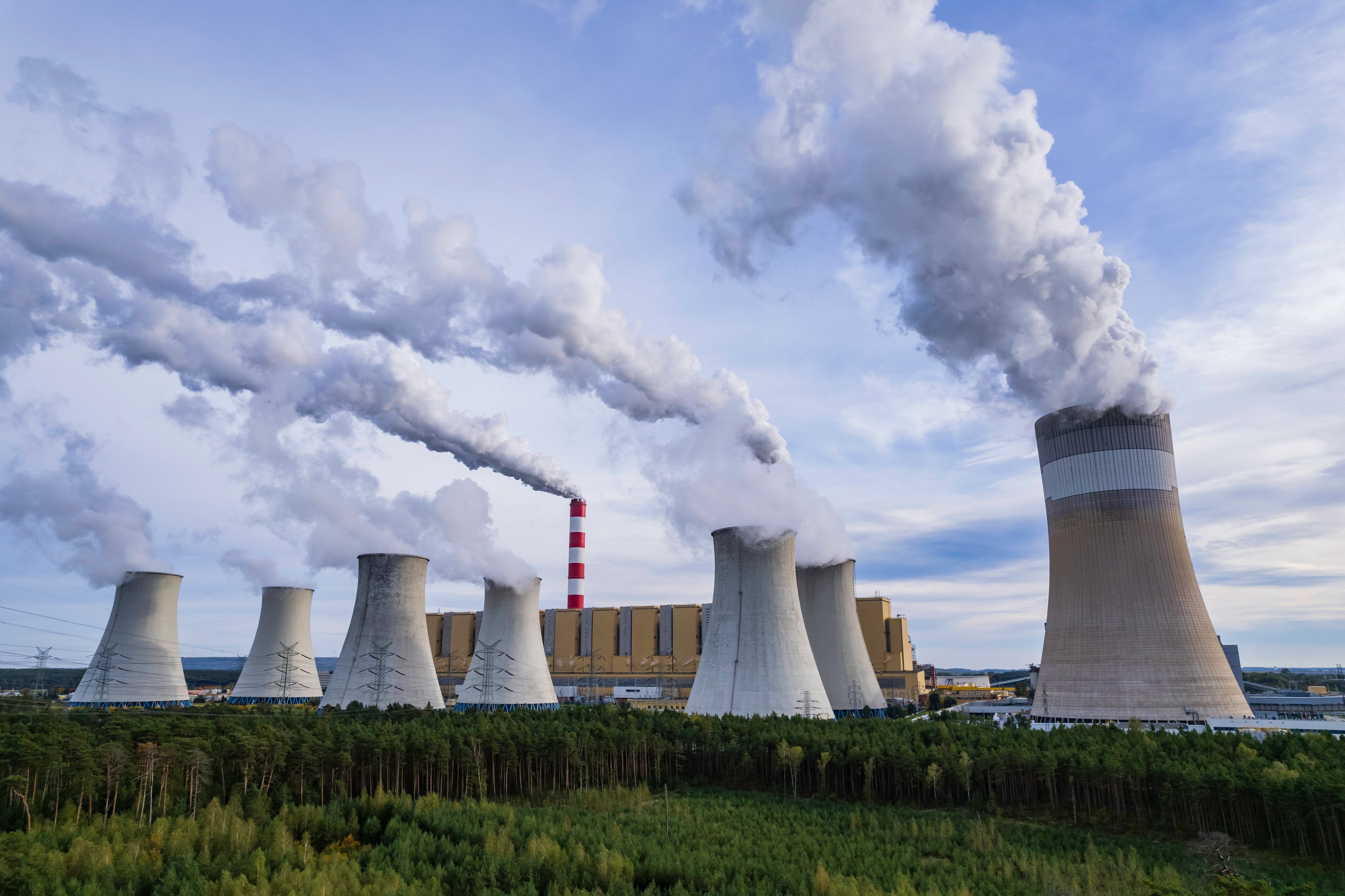
Image source: Getty Images.
What happened
So much for riding a wave of improving uranium market fundamentals. Cameco (CCJ 0.54%) announced preliminary 2016 financial results last night, and shares promptly dropped as much as 15% before 11 a.m. EST today.
So what
The press release started off by setting the tone for what would follow (emphasis added): "While it is not our usual practice to disclose earnings expectations, we are announcing our earnings expectations for 2016 in advance of our participation in upcoming investor conferences due to the significant discrepancy between analyst earnings estimates and our current expectations."
Cameco actually sold the volume of uranium it expected (31.5 million pounds) at a price of $54.46 per pound. Operations weren't the problem. The hit to earnings came from an enormous asset impairment charge as management sought to more fairly value its core assets in the current market. The results of the reassessment will result in an after-tax impact to net earnings between $180 million and $220 million, or $0.45 to $0.56 per share. That's quite a shock compared to net income of $0.14 per share for the first nine months of 2016.
The company also updated investors about operational plans for 2017 and 2018 that will be executed in an attempt to further reduce costs. Cameco will lay off about 120 employees and make changes to its air commuter service that brings employees to and from uranium mines in Saskatchewan. The moves are not expected to affect production in the region in 2017, although cost-cutting measures will reduce the output at the company's third-most productive mine by nearly 10%.
Now what
It isn't news that the uranium market has fallen on hard times and has been on life support in recent years. But given Cameco's strong performance in the first nine months of 2016, when it seemed the company was starting to turn a corner, the latest announcement is clearly disappointing investors. Management did the right thing by announcing preliminary results in an attempt to be transparent with shareholders and to soften the blow. Now, the only thing investors have to do is wait for the market to recover. The good news is that major production cuts have already been announced in 2017 from leading suppliers. The bad news is that prices cannot recover soon enough.






